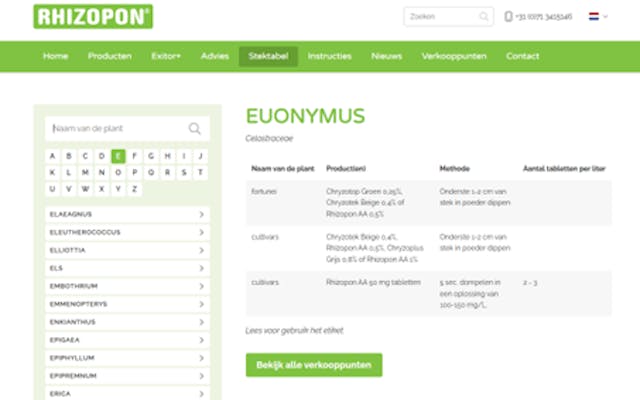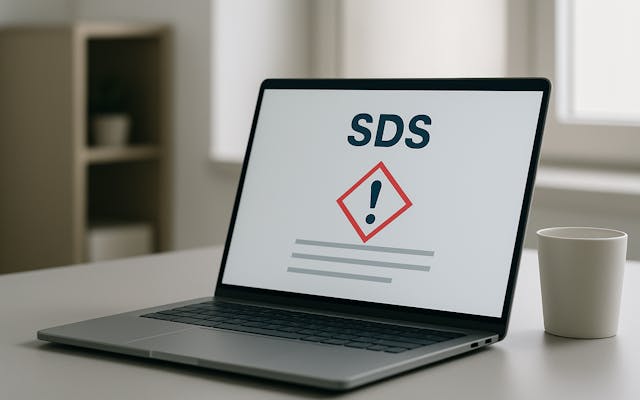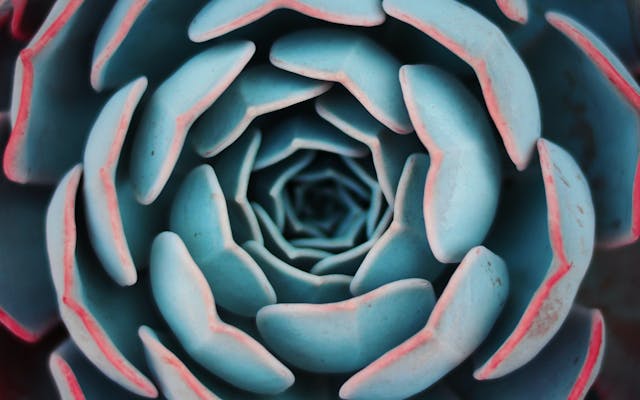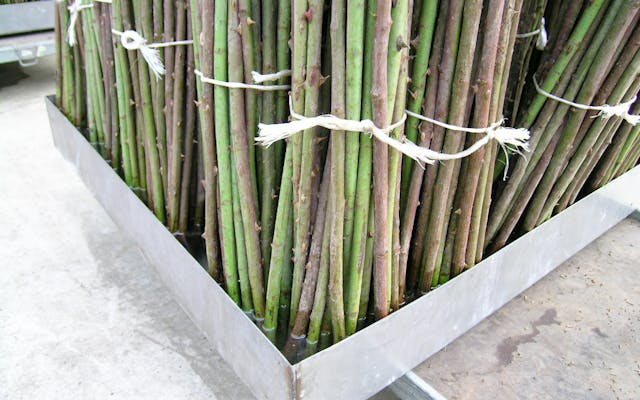These types of questions come up regularly. You are not alone. That is why we have created a step-by-step plan:
1. Check which cultivars you want to propagate from cuttings.
2. Go to the rooting guide to see if your cultivar(s) are listed.
3. Decide on the method you want to use.
4. If multiple concentrations are mentioned, check the quality of the cutting. Older cuttings require a higher concentration than young and freshly taken cuttings.
5. Are you using a cultivar that normally roots fairly easily, or is there a lot of failure? In the latter case, use a higher concentration.
6. Apply the rule of thumb: the more ligneous the cutting, the higher the concentration of rooting powder.
7. If the cutting is green and soft, make sure the concentration is not too high.
8. Always test on a small scale beforehand to determine whether the chosen concentration(s) are sufficiently effective under the cultivation and climate conditions at the nursery. This may vary from nursery to nursery.
9. If the concentration is too high, the cutting will produce far to many roots. The cutting will become exhausted and there is a high risk of loss. Sometimes the concentration of cutting powder can be so high that the lower parts of the cutting become deformed due to damage. See the attached photo for example.
10. If you have any questions about rooting cuttings, please contact your supplier or Rhizopon.
This chrysanthemum (below) was treated with too high a concentration of IBA. As a result, the roots developed higher up on the stem, preventing the plant from focusing on proper root formation.







